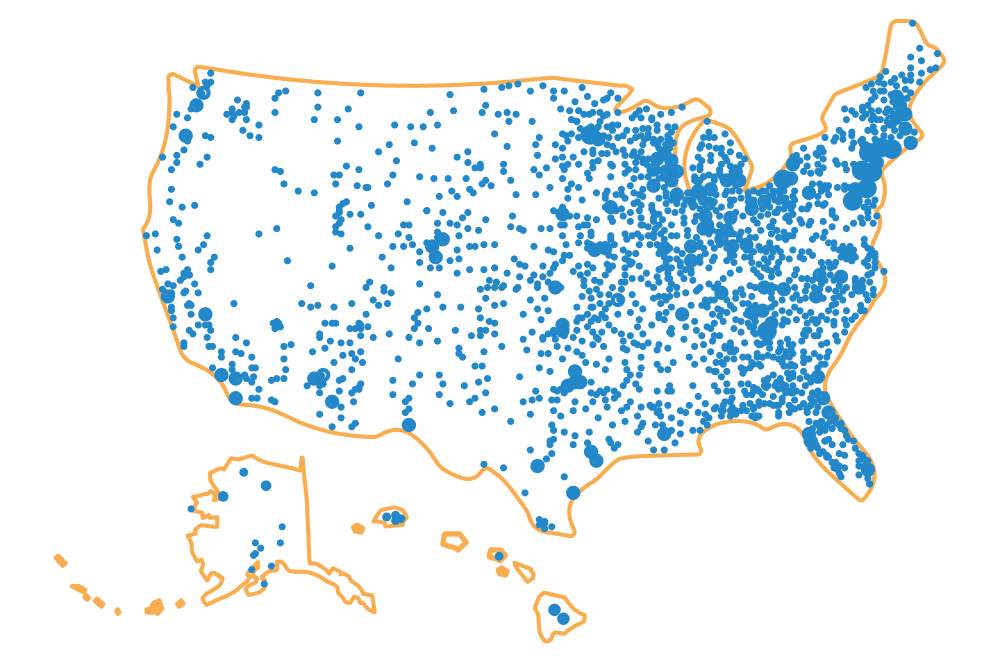Along with our age-based investment options, Ohio’s 529 Plan, CollegeAdvantage, offers age-based savings strategies for parents who want to select their own 529 investment options. No matter how old your child is, Ohio’s 529 Plan has guidance on what to do at this current stage of their life. It’s never too early and never too late to save for their higher education. In this fourth article of a six-part series, Ohio’s 529 Plan shares recommendations on what steps to take to build a 529 college savings account from when your child is entering high school.
High School and 529 Plans
High school is the final quarter before your child needs the funds you’ve been saving in a 529 account.
In case you haven’t heard it by now, 529 plans can be used at traditional four-year colleges and universities as well as federally accredited vocational or trade programs, and community colleges. In some cases, you can even use your 529 savings at international institutions. Any post-secondary school needs to be federal accredited in order to use your 529 plan at the institution. Visit FAFSA to see if the educational institution has a school code. If it does, then your 529 account can be used to pay for the qualified higher education expenses.
Whether your child wants to head off to the traditional four-year-program, start off at a local community college, or learn a trade, in many cases your 529 plan can cover those costs.
And by the way, just because you’ve been saving in Ohio’s 529 Plan doesn’t mean that your child has to complete their higher education in Ohio. 529 plans can be used nationwide at any federally accredited school.
Once your child has a better idea on what kind of post-secondary education they’d like to earn, you can better determine what their actual higher education expenses will be. Revisit the tools and calculators to see if you need to modify your saving strategy based on how much of the total cost you want to save. The College Savings Estimator can help you decide if you want to adjust your contribution amount as your child gets closer to needing those funds. If you’ve not been saving in an age-based 529 investment portfolio, this is a good time to review your 529 investments to make sure you’re comfortable with the risk level. In an age-based portfolio, the closer the time for college comes, the more conservative the investment options become.
High schoolers are expensive. If you’re shopping with businesses partnered with Upromise, you are rewarded for your everyday shopping with those funds going into your 529 plan. Upromise is a free loyalty program that offers its members cash back and rebates for purchases made at a wide variety of businesses. First, you connect your debit and/or credit card to your Upromise account to earn rewards with your everyday shopping. Then link your Upromise account to your CollegeAdvantage Direct 529 Plan account to roll over these rebates. Read how this CollegeAdvantage family used Upromise to add to their 529 savings.
Also, you can continue to ask of the gift of a higher education through 529 contributions among your family members and friends when they ask about what to give your child for their birthday, holidays, or any other special occasion. High school graduation is the perfect time to again share the Ugift code with your family and friends. Giving the gift of a higher education will have a much bigger impact on your child’s life than another present.
Someday, your teenager will be heading off to college so start saving today with Ohio’s tax-free 529 plan. These are some recommendations to consider for your high school student and the corresponding steps to take with your 529 college savings plan. Learn, plan, and start for as little as $25 today at CollegeAdvantage.








